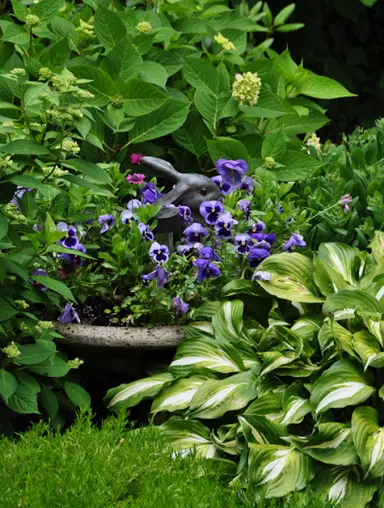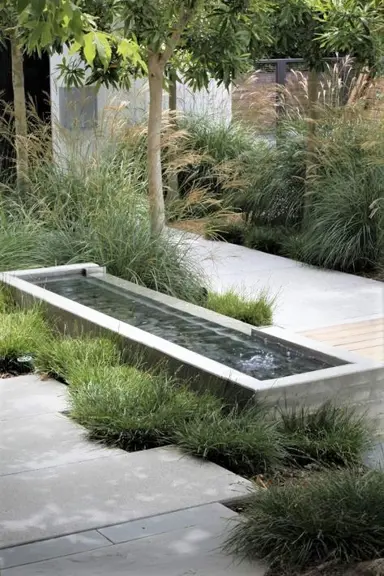
The Plant Company grows, sells, and ships Tibouchina plants throughout NZ. We pride ourselves on producing high quality plants and seeing the joy from our customers when they receive them. We do hope you enjoy them and support this NZ business that is passionate about Tibouchina plants.
Why? Our plants are in high demand due to our reputation for delivering high quality products at competitive prices. We may have these in production or be able to source these for you, so please feel free to contact us and our fantastic team will respond to your enquiry. Alternatively, we have a world class plant finder tool that you can use to help find alternative options.
Tibouchina Blaze of Glory is a striking ornamental shrub that offers vibrant purple blooms and rich green foliage, making it a standout choice for...
Tibouchina Edwardsii, commonly known as Lasiandra, is grown for both its foliage and beautiful flowers. It grows as an evergreen shrub and carries...
Tibouchina organensis, commonly known as the Night Princess Flower, is grown for both its foliage and beautiful flowers. It grows as an evergreen...
Tibouchina ‘Peace Baby’ is a compact, evergreen shrub producing masses of pure white flowers with striking golden stamens from late summer through...
Tibouchina Skylab is a lovely variety that is grown for both its foliage and flowers. It grows as an evergreen shrub or climber and carries dark...
Growing colourful shrubs in your garden delivers a vast range of benefits:
We have the largest variety of Tibouchina plants and the right one for your space. Our plants have been selected to thrive in NZ’s climate. We grow and stock only the highest quality plants, sourcing them locally, and from NZ’s leading nurseries. Each plant is packed and transported with extreme care, ensuring it arrives to you in the same condition it was in when it left the nursery. If you are wanting to buy Teucrium, shop with confidence from the best in the industry.
There are several possible reasons why your tibouchina might be struggling. Here are some of the most common causes of problems with tibouchinas:
Tibouchinas are beautiful flowering shrubs that can add a touch of the tropics to any garden. However, they can be a bit fussy about their growing conditions. Here are some of the key requirements for growing healthy and thriving Tibouchinas:
By following these tips, you can help to create the ideal conditions for growing healthy and thriving Tibouchinas. These beautiful flowering shrubs will reward you with years of enjoyment with their stunning blooms and lush foliage.
The best place to plant a tibouchina is in a warm, humid climate with well-drained soil that receives full sun to partial shade. Tibouchinas are not frost-hardy and can be damaged by temperatures below freezing. If you live in an area with cold winters, you may need to protect your tibouchina by covering it with a frost blanket or bringing it indoors.
Here are some additional factors to consider when choosing a planting location for your tibouchina:
Once you have chosen a planting location, prepare the soil by amending it with organic matter, such as compost or aged manure. This will help to improve drainage and provide the plant with nutrients. Dig a hole that is twice as wide and deep as the root ball of the plant. Gently place the plant in the hole and backfill with soil, ensuring that the top of the root ball is level with the soil surface. Water the plant thoroughly after planting.
Tibouchinas are relatively easy to care for, but they do require some attention to thrive. Water them regularly, especially during the hot summer months. Fertilize them every 2-3 months during the growing season. Prune them in the spring, after the last frost. Protect them from frost if you live in an area with cold winters. Monitor them regularly for signs of pests or diseases and treat them promptly if necessary.
By following these tips, you can enjoy beautiful tibouchina blooms in your garden for many years to come.
Yes, you can hard prune Tibouchina, also known as Princess Flower or Lasiandra. Hard pruning involves removing a significant portion of the plant's branches, often up to two-thirds or more. This type of pruning can be beneficial for Tibouchina, as it can stimulate new growth and promote a fuller, bushier shape.
Here are some guidelines for hard pruning Tibouchina:
Hard pruning can be a bit of a shock to Tibouchina, so it may take a few months for the plant to recover and start producing new growth. However, with proper care, the plant should come back stronger and healthier than ever.
you can propagate Tibouchina from stem cuttings. It is best to take cuttings in the spring or early summer, when the plant is actively growing. Here are some tips on how to take cuttings from Tibouchina:
The rarity of Tibouchina depends on the specific species and region. Some species of Tibouchina are more common and widely cultivated, while others are rarer and more difficult to find. For instance, Tibouchina heteromalla, commonly known as the silver leaf princess flower, is a popular ornamental plant and is relatively easy to find. On the other hand, species like Tibouchina papyrus are more restricted in their distribution and may be considered rare in certain regions.
Tibouchina can be hedged, but it is important to do so carefully to avoid damaging the plant. Here are some tips on how to hedge Tibouchina:
Yes, you should cut back your tibouchina regularly to maintain its shape and encourage new growth. Tibouchinas are fast-growing shrubs that can become leggy and overgrown if they are not pruned regularly. Pruning helps to keep the plant compact and encourages it to produce more flowers.
Whether you need assistance finding the plant you’re looking for or you simply want to know more about who we are and what we do, we invite you to get in touch with us today. A member of The Plant Company team will get back in touch as soon as possible.


